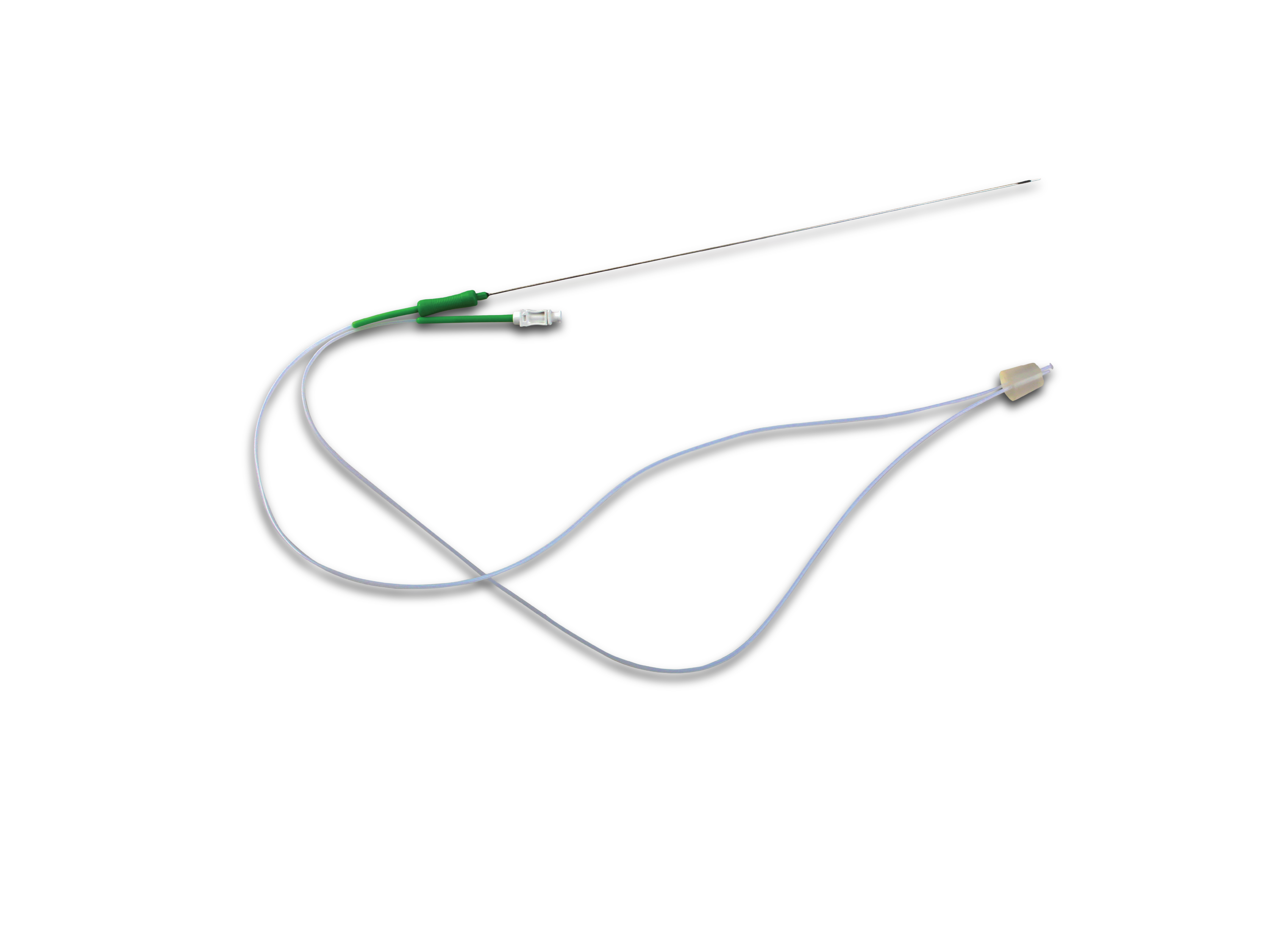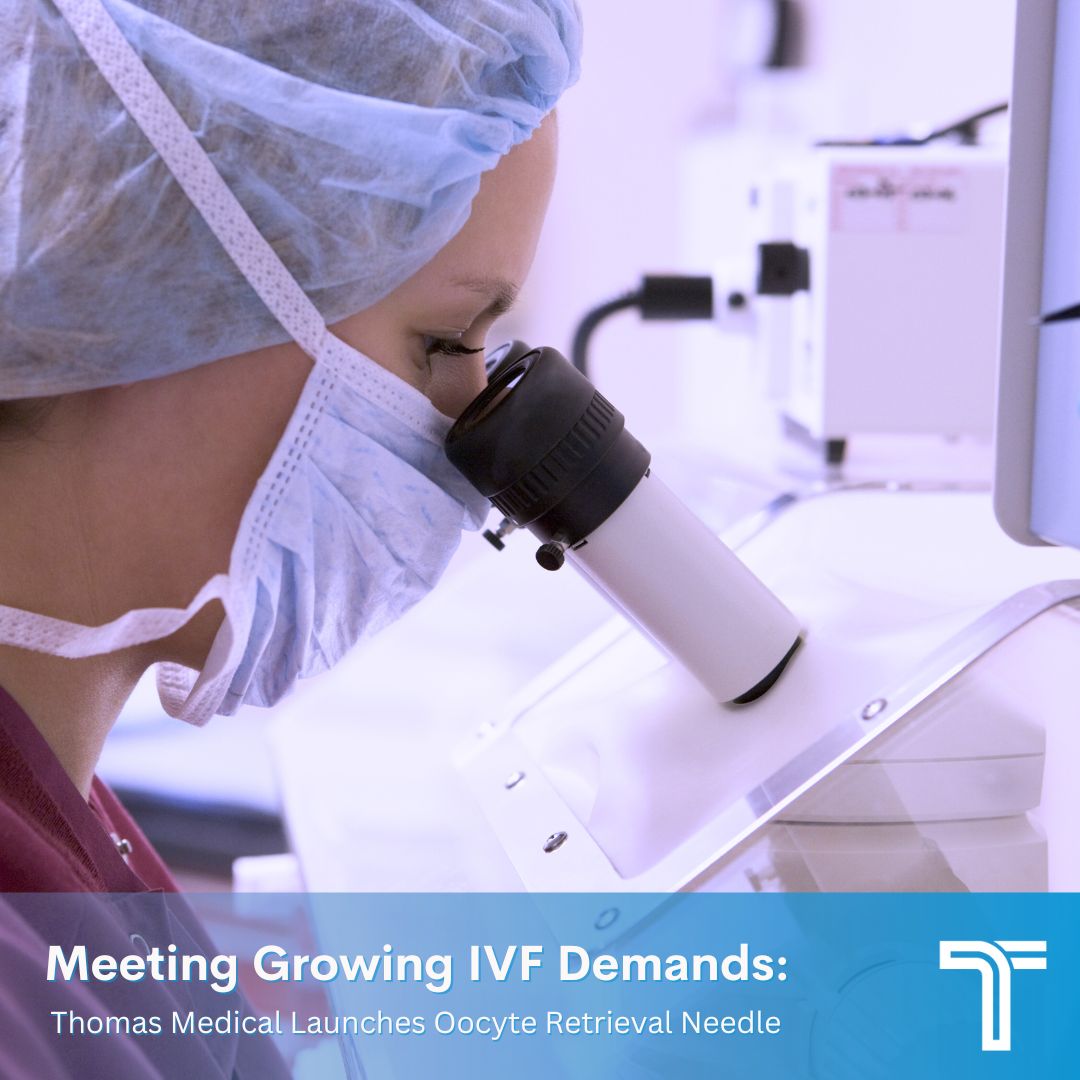Meeting Growing IVF Demand Amid Falling Fertility Rates – Thomas Medical Launches New Oocyte Retrieval Needle
Thomas Medical is proud to announce the launch of its new Oocyte Retrieval Needle, designed to support fertility clinics and reproductive specialists with improved precision, patient comfort, and reliable performance during transvaginal oocyte retrieval procedures. This product launch comes at a pivotal moment: global fertility rates are falling while infertility prevalence and demand for assisted reproductive technologies (ART) continue to drive growth in the fertility care market.
Why this matters now: fertility trends and rising demand for ART
Global fertility has declined substantially over recent decades, with total fertility rates falling well below replacement levels in many regions. These demographic shifts are contributing to increased attention on fertility care options worldwide. (United Nations)
At the same time, infertility affects a significant portion of the global population. The World Health Organization estimates that roughly 1 in 6 people experience infertility in their lifetime — a sobering statistic that highlights the need for accessible, high-quality fertility services and the clinical tools that make them possible. (World Health Organization)
Those two forces — fewer births per woman overall and a persistent, high prevalence of infertility — are major drivers behind the expanding market for IVF and other ART treatments.
Market context: growing ART and oocyte retrieval device markets
The assisted reproductive technology (ART) market is already measured in billions and is forecast to grow steadily as demand for IVF rises, clinics expand, and technology advances improve success rates. Recent market research places the global ART market in the multi-billion dollar range with mid-single-digit to high-single-digit CAGR projections across the coming decade. (MarketsandMarkets)
More specifically, the market for oocyte retrieval products and specialized needles is growing as clinics seek devices that combine procedural efficacy with patient comfort and improved ultrasound visibility. Several market reports estimate a steady increase in the oocyte retrieval product segment, reflecting clinic investment in updating instruments, materials innovations, and rising procedure volumes. (Verified Market Reports)
What Thomas Medical’s Oocyte Retrieval Needle brings to clinics
While different clinics prioritize different attributes, three core needs consistently emerge from clinicians performing oocyte retrievals: precision, ultrasound visibility, and patient comfort. Thomas Medical’s new needle has been designed to address these priorities:
- Precision engineering for accurate aspiration and controlled tissue interaction, supporting efficient retrieval of mature oocytes.
- Enhanced ultrasound visibility — features that improve echogenic contrast under ultrasound guidance help clinicians track needle position more confidently.
- Patient-focused design that emphasizes a balance between rigidity for control and flexibility for gentle navigation, potentially improving overall patient experience during the procedure.
These characteristics reflect both clinician feedback and broader device trends documented in recent device-market analyses (e.g., echogenic coatings and material innovations improving ultrasound-guided procedures). (Research and Markets)
Note: Specific performance metrics and clinical use protocols vary by clinic and patient population. Clinics should follow their standard validation and training processes when adopting any new device.
How improved device design supports better outcomes
Small improvements in device ergonomics and imaging visibility can lead to meaningful workflow benefits in the fertility clinic: shorter procedure times, fewer needle repositionings, and potentially better oocyte yield — all of which can improve efficiency and patient satisfaction. As fertility services scale, equipment that helps clinics maintain high throughput without sacrificing quality is an important part of care delivery. Market estimates showing steady growth in oocyte retrieval products reflect clinics’ willingness to invest in such improvements. (Verified Market Reports)
Real-world relevance: matching equipment to global need
With global fertility rates trending downward in many regions and infertility affecting millions, the accessibility and quality of ART services are central public-health and personal-health priorities. Investments in devices — from needles to lab instrumentation — are part of the ecosystem that makes IVF more effective and available. Thomas Medical’s new needle is intended to be one practical, clinician-focused contribution to that ecosystem. (United Nations)
Looking ahead
The fertility-care landscape will continue to change: demographic trends, regulatory developments, and technological advances (for example, improvements in imaging and lab automation) will shape demand and clinic needs. For clinics evaluating devices, priorities will remain patient safety, clinical effectiveness, and cost-efficiency. Thomas Medical aims to support clinics by offering a tool that aligns with those priorities while staying responsive to clinician feedback and evolving standards.





